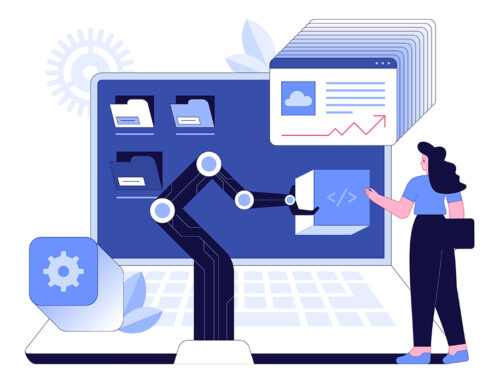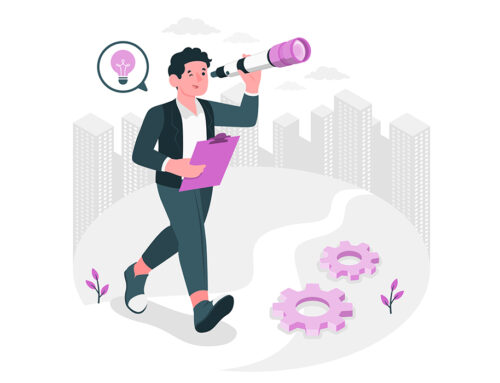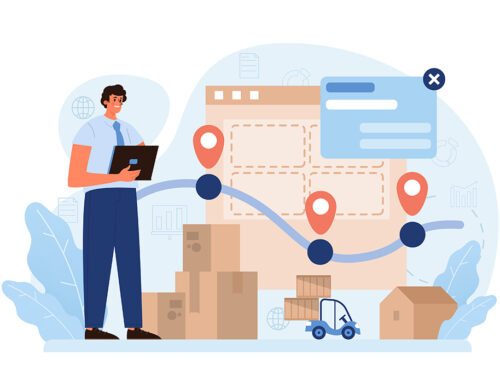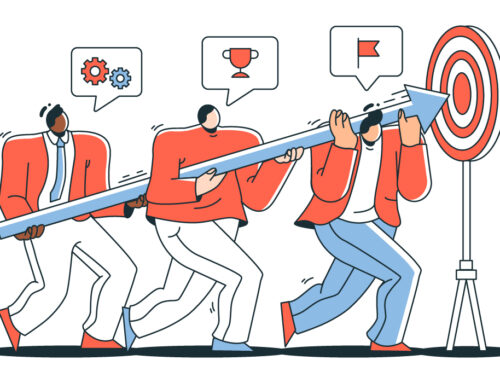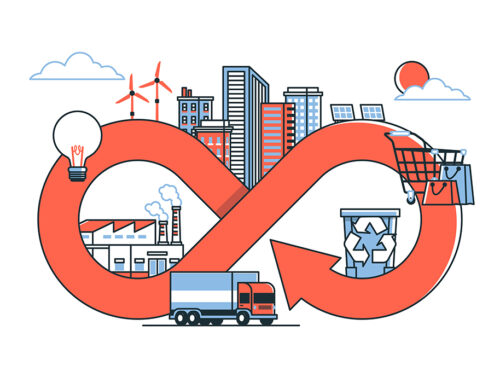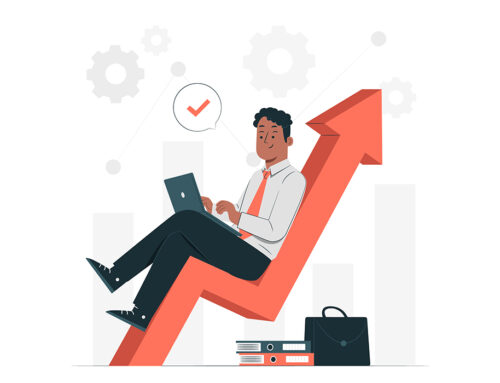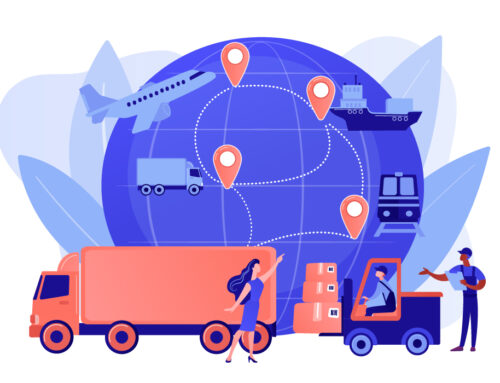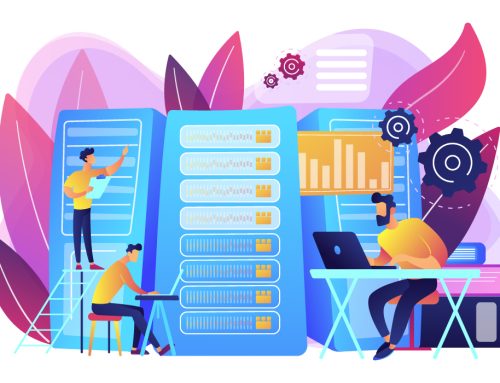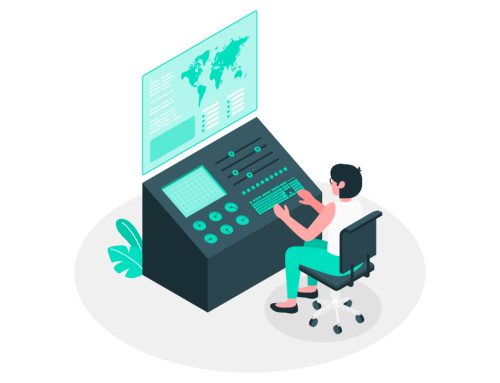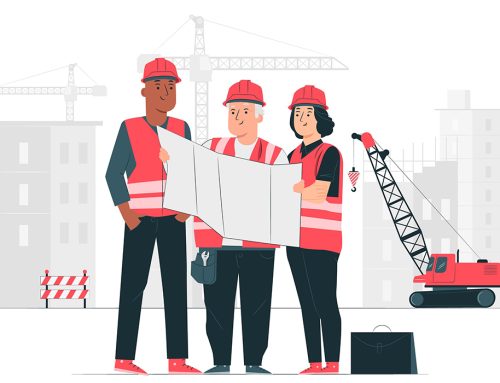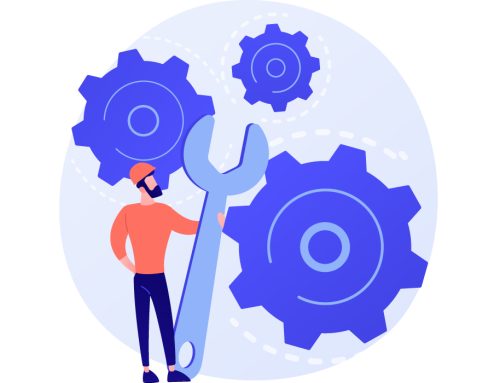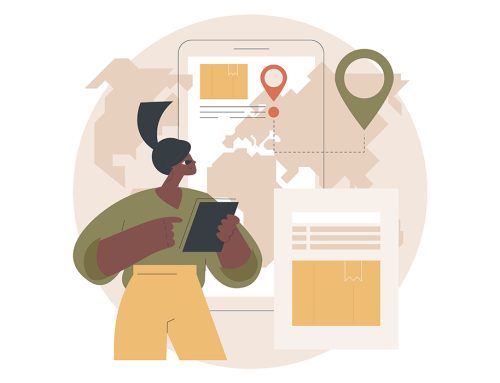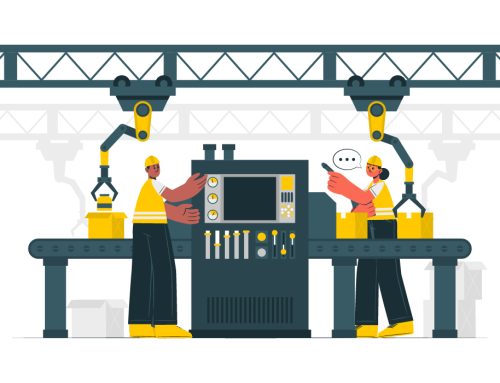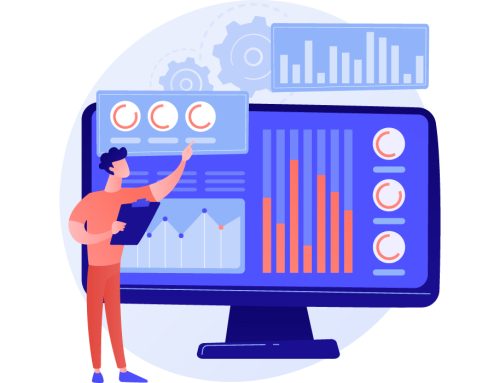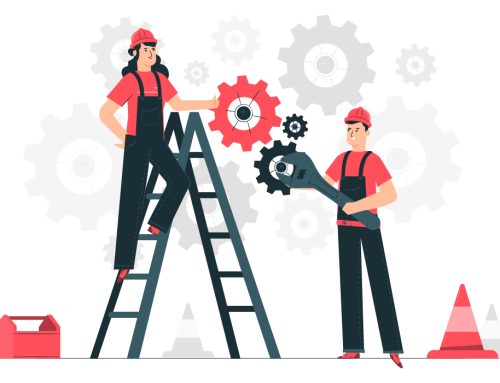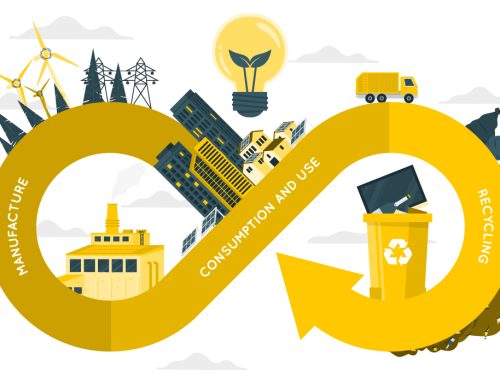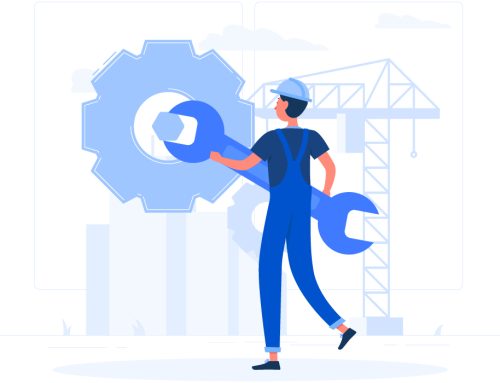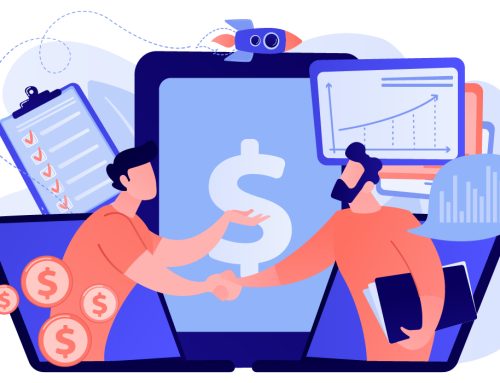Sustainability has evolved from an aspiration into a value-generating strategy for organizations in the industrial aftermarket sector. Amid rising customer expectations and increasing regulatory pressures, organizations must adapt to a new reality where profitability and environmental responsibility go hand in hand.
Author Radiana Pit | Copperberg

Photo: Freepik
A recent episode of Copperberg Conversations on Manufacturing Matters, featuring Lisa Hellqvist, Managing Director of Copperberg, delves into how manufacturers can leverage sustainability as a driver of growth, innovation, and resilience.
Drawing on her 15 years of experience in the industry and deep understanding of the challenges and opportunities in the aftermarket sector, Lisa offers actionable insights for companies navigating this transformation.
Forces driving sustainability in aftermarket services
Two dominant forces are driving the shift toward sustainability in the aftermarket sector: evolving customer expectations and regulatory mandates.
Lisa points out a significant generational shift among customers: “The younger generation of buyers is now pushing businesses to produce more end-to-end solutions.” This new consumer mindset prioritizes outcome-based services, such as uptime guarantees and predictive maintenance. Customers increasingly demand transparency about the environmental impact of their purchases, including detailed data on carbon footprints and sustainable practices.
Simultaneously, regulatory pressures are expediting this transformation. Initiatives like the European Union’s digital product passport, which mandates transparency and traceability across the product lifecycle, compel organizations to adopt more sustainable practices. Adapting to these compliance terms proactively is becoming a strategic advantage for the future as Lisa emphasizes: “I’m not talking about changing what is today because that has already happened. I’m thinking about what we know about tomorrow.”
These factors and the technological advancements introduced during the COVID-19 pandemic have made sustainability a practical and profitable priority. For instance, the adoption of more efficient remote support systems during that time not only enhanced operational efficiency but also pivoted towards sustainability.
Breaking down barriers: from aspirations to actions
Sustainability benefits are widely acknowledged by organizations. However, translating corporate aspirations into actionable steps at the departmental level remains a significant challenge. Lisa highlights that one of the primary obstacles is the disconnect between high-level sustainability goals and their effective implementation within specific business functions
Corporate sustainability initiatives often fail to reach aftermarket directors, as departments frequently lack clear accountability for their role in achieving high-level sustainability goals. This disconnect can leave directors without the necessary tools or incentives to prioritize environmentally friendly practices within their profit and loss activities.
Another barrier is the misconception that sustainability is inherently costly. Many organizations hesitate to embrace sustainable practices, fearing they will negatively impact profit margins. However, Lisa challenges this perception by pointing out examples where sustainability aligns with cost savings.
For example, organizations can measure the impact of remote support solutions by tracking how many in-field technician visits were previously required versus those avoided through remote assistance. This data can then be used to calculate associated reductions in carbon emissions. Sharing these insights with customers not only demonstrates environmental benefits but also highlights operational improvements.
Additionally, adopting remote support solutions can enable cost-effective service agreements, such as offering 24/7 support with a limited number of service escalations. This approach is more manageable for organizations, provides easier access for customers, and significantly reduces the carbon footprint.
In some cases, these solutions may even justify a slight price premium, particularly for customers seeking sustainable options. And so, organizations can create additional value by offering these benefits and providing customers with sustainability data they would otherwise need to source themselves.
Success stories: where sustainability meets profitability
Several companies have demonstrated that sustainability and profitability are not mutually exclusive. Rather, they are quite complementary when approached strategically.
One compelling example discussed in the podcast is Ariston’s refurbishment program. The company significantly reduces its reliance on raw materials and lowers shipping emissions by remanufacturing spare parts. This also helps them extend the lifecycle of equipment and create new revenue streams through upselling.
Another standout case is TOMRA’s ambitious vision to eliminate field technicians by 2035. The company aims to reduce travel-related emissions and maintain exceptional customer support by leveraging advanced diagnostics and connected services. Their roadmap shows how sustainability can be integrated into every facet of a business model.
These successful strategies share a focus on integrating serviceability and sustainability into the design process from the very beginning. By embedding sustainability considerations into the R&D phase—such as enabling easier refurbishments or implementing digital threads for traceability—companies can ensure their aftermarket services align with both commercial and environmental objectives. For many organizations, this approach requires a fundamental shift in mindset: moving away from designing for obsolescence and towards designing for service and increased product lifecycle.
Proving sustainable value to stakeholders
Procurement teams now face mounting pressure to source sustainable solutions, so organizations must develop robust frameworks for measuring and communicating their environmental impact. As Lisa stressed during the podcast, transparency is key.
Measuring and tracking key metrics, such as reductions in technician travel or improvements in carbon efficiency, allows companies to quantify their sustainability efforts. Integrating these metrics into service agreements enables them to build trust with customers and demonstrate their alignment with ESG (Environmental, Social, and Governance) goals. Customers expect to see year-over-year improvements and compare their offerings to competitors. So, providing that transparency can be the deciding factor in winning contracts.
This focus on measurable results also opens the door to premium pricing models. Less waste means less cost in many cases. And for customers, paying a slight premium for sustainable practices often simplifies their own reporting and compliance needs.
Uniting teams: leadership and sales alignment
Alignment between leadership and customer-facing teams is crucial for driving sustainable initiatives. Securing leadership buy-in is a key first step and it can be achieved through pilot projects that demonstrate both profitability and sustainability gains.
Frontline teams, particularly sales, must also be equipped to communicate the value of sustainable practices effectively. This requires using data-driven storytelling to align with customer needs, to illustrate how sustainable service reduces costs, improves efficiency, and supports the customer’s sustainability goals.
Sales teams thus play a pivotal role in bridging the gap between their organization’s sustainability agenda and the external market. Sustainability cannot be imposed on customers. But by aligning it with their priorities and presenting it as added value, organizations can create a win-win scenario.
Practical advice: start small, think big
For companies feeling overwhelmed by the scale of sustainability initiatives, Lisa offers practical advice: “Stop overthinking and start measuring.” She encourages organizations to leverage existing technologies to track efficiency gains and environmental impacts. Even small steps, such as optimizing technician travel or incorporating refurbished components, can lead to significant cumulative benefits.
Continuous improvement thereafter is equally important. Sustainability is not a one-time effort but an ongoing commitment to finding ways to achieve more with fewer resources. And by consistently demonstrating progress and results to stakeholders, organizations can build trust and momentum in their sustainability journey.
Sustainability as a strategic advantage
Organizations that proactively embrace sustainable practices will not only meet today’s challenges but also position themselves as future leaders in the aftermarket. By integrating sustainability into their operations starting from the design phase, they can align with regulatory requirements, exceed customer expectations, and unlock new revenue streams.
For more insights and practical advice, listen to the full podcast episode and start redefining the future of your aftermarket services.

